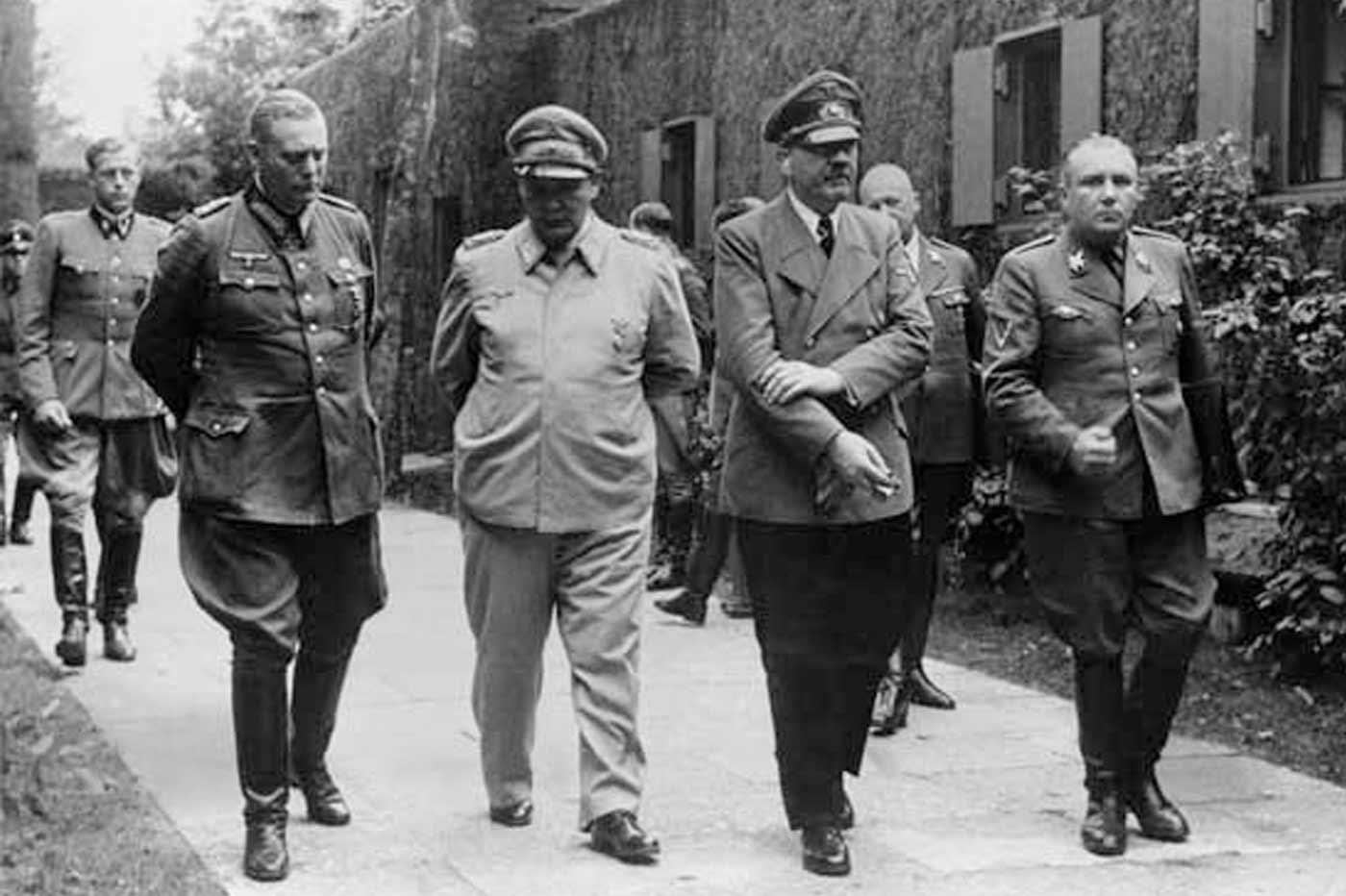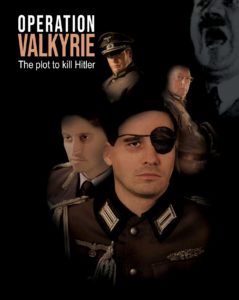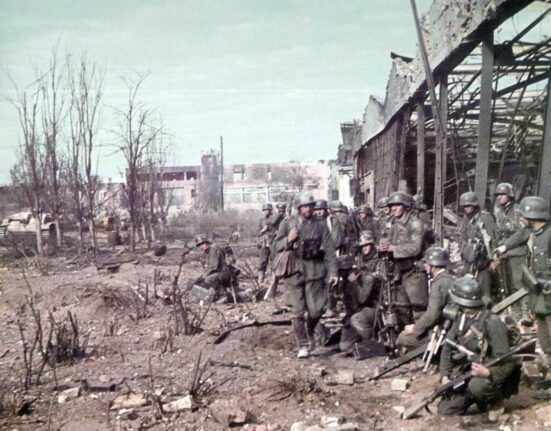The July 20 plot of 1944 was a failed attempt to assassinate German dictator Adolf Hitler, the leader of Nazi Germany, and for the resistance group to take power by means of a plan called Operation Walküre, The Resistance needed the army to stage a successful coup and it was through the army that direct access to Hitler could be obtained. It was also the army that had the power to successfully overthrow the Nazi government.
Although many among the military leadership were loyal to Hitler, some officers were opposed to National Socialism. Army opposition to Hitler began during the early days of his rule. The fact that Hitler was Austrian, lower middle class, and had achieved only the rank of a corporal during his military service was frowned upon by many officers. Army leaders were also suspicious of Hitler’s SA troops, which they viewed as a threat to their own power. Hitler managed to alleviate some of these fears during the “Night of the Long Knives”, when he purged most of the SA leadership thus guaranteeing his own control over SA troops. Most SA organizations were either disbanded or infused into the SS.
The SA posed a problem for Hitler. Ernst Rohm, the SA’s leader, insisted on incorporating the German army into the SA’s organizational framework. This distressed many of the army’s leaders.
Hitler, who needed the military to establish total control, realized the problem Rohm presented. Hitler needed Rohm out of the way in order to solidify his command and win the army’s support. The Army was in no way won over by Hitler immediately
Conspiratorial groups planning a coup of some kind had existed in the German Army and the military intelligence organization since 1938. Early leaders of these plots included Brigadier-General Hans Oster, head of the Military Intelligence Office, former Army Chief of Staff, General Ludwig Beck, and Field Marshal Erwin von Witzleben.
Plans to stage a coup and prevent Hitler from launching a new world war were developed in 1938 and 1939, but were aborted because of the vacillations of Army Generals Franz Halder and Walter von Brauchitsch; and the failure of the western powers to oppose Hitler’s aggressions until 1939.
This first military resistance group delayed their plans after Hitler’s extreme popularity following the unexpectedly fast success in the battle for France.
By mid-1943 the tide of war was turning decisively against Germany. The Army plotters and their civilian allies became convinced that Hitler must be assassinated so that a government acceptable to the western Allies could be formed and a separate peace negotiated in time to prevent a Soviet invasion of Germany and to avoid as much bloodshed as possible.
In August 1943 Tresckow met a young staff officer, Colonel Count Claus Philip Schenk von Stauffenberg, for the first time.
By September of 1939, von Stauffenberg had earned himself a strong reputation as an officer for his actions in the Sixth Panzer Division during the German campaigns in Poland and France. Von Stauffenberg was transferred to the Army High Command in June the next year, just prior to the Battle of Dunkirk, and spent 18 months in Soviet territory as a part of Operation Barbarossa. It was there in conquered Soviet territory that von Stauffenberg saw, firsthand, the cruelty and utter disregard for human life that the Schutzstaffel (SS, Hitler’s elite security forces that ran the Holocaust) was capable of.
The events convinced von Stauffenberg that the Nazis had to be removed from power. In addition, the German defeat at Stalingrad further convinced von Stauffenberg that Hitler would lead Germany not to victory but destruction.
on 7 April, 1943, the car I was riding in drove into a mine-field. I was nearly killed, in the process losing my left eye, right hand (and part of my right arm, which had to be amputated during treatment for my injuries), and two fingers on my left hand. I also suffered serious damage to my left ear and knee.
Claus Von Stauffenberg
Surprisingly, I not only survived the incident but managed to keep my eyesight in my one remaining eye.
While recovering in a military hospital in Munich for the next few months, von Stauffenberg had managed to contact several members of the German resistance attempting to remove the Nazis from power.
By September of 1943, von Stauffenberg had returned to active duty in Berlin. He had been promoted to the rank of lieutenant colonel, and acted as the chief of staff to General Friedrich Olbricht, a fellow member of the German resistance.
Von Stauffenberg used his position and charisma to recruit many younger and important officers to join the resistance against the Nazis.
Von Stauffenberg insisted that the cabinet of the post-Nazi government he and his fellow conspirators would institute if they were successful would be strictly anti-Nazi. Had the resistance been successful, von Stauffenberg would likely have been appointed the State Secretary in the War Ministry…………
The full story of Von Stauffenberg and his co-conspirators assasination attempt on the 20th July 1944, can be found in the film, ‘Operation Valkyrie’ the Plot to Assinate Hitler.







